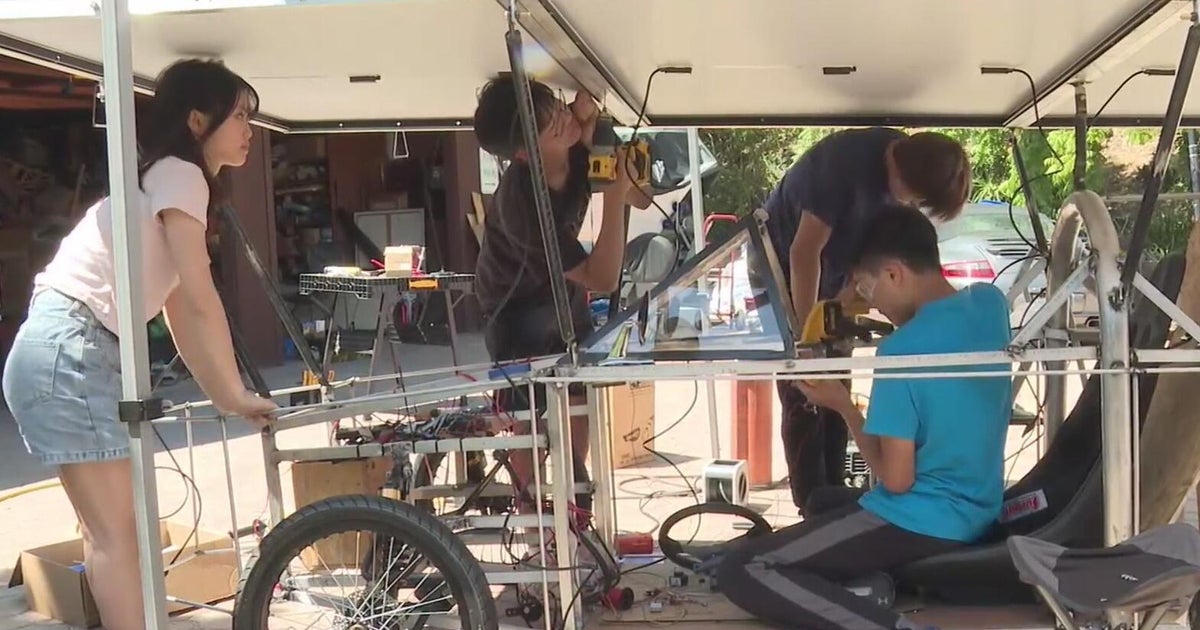College Students Help Build 3-D Printed, Military-Grade Drone Using Off-The-Shelf Components
(CBS SF) -- A group of engineering professors and college students have come up with a 3D-printed drone for the U.S. Department of Defense.
The research group at the University of Virginia is led by David Sheffler, a lecturer in the university's Department of Mechanical and Aerospace Engineering.
Sheffler, a 20-year veteran of the aerospace industry, recently created a 3D-printed jet engine in one of his classes and the project caught the eye of the MITRE Corporation – a DoD contractor.
He told a university blog that MITRE asked his team to look into building an unmanned aerial vehicle (UAV) with the same speed, flight time and payload as current UAV systems being used by the military that could be 3-D printed and use non-proprietary hardware for the control system.
The goal of this research is to show where the state of the art is in creating a capable system with an open-source approach. What this project demonstrates is that we can meet current system demands at a fraction of the cost by leveraging commercial technology while retaining full control of the aircraft design, therefore eliminating the typical supply chain model and fixed architecture. We can do all of this with the ability to also modify it as needed to meet various mission needs. A new configuration of the aircraft can be produced by this method in about a day.
The 'Razor' drone built by Sheffler's team was in the works for the past three years, and uses an Android smartphone as the central processor, other off-the-shelf products, and can be built in just over a day for about $2,500.
It was built with a 'flying wing' design and comes in nine printed parts that are assembled by clicking them together. It also holds a mounted, small jet engine that clips on.
The 4-foot wide drone with all the gear attached weighs just under six pounds and can fly over 100 miles an hour after being hand-launched, according to Sheffler.
Sheffler said he believes the 3-D printing technology has the potential to revolutionize the way products are manufactured
As with any technology, there is the potential for good and harm to result. Weapons and drones used for killing and spying are dominating the media at this time. There are many more peaceful constructive uses for the technology, the potentials of which are only just being realized.



